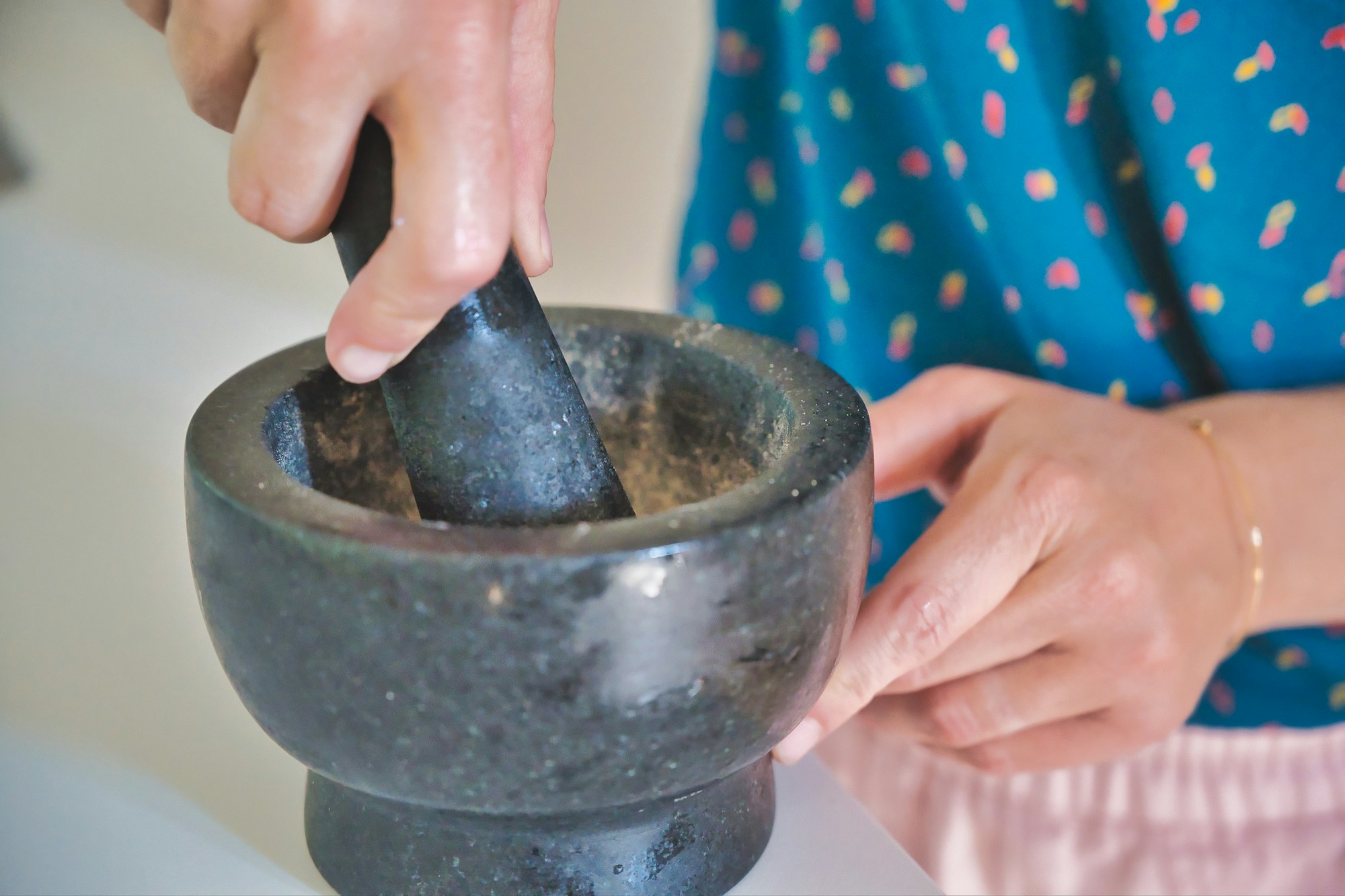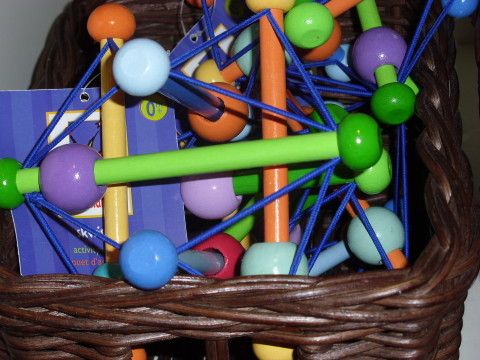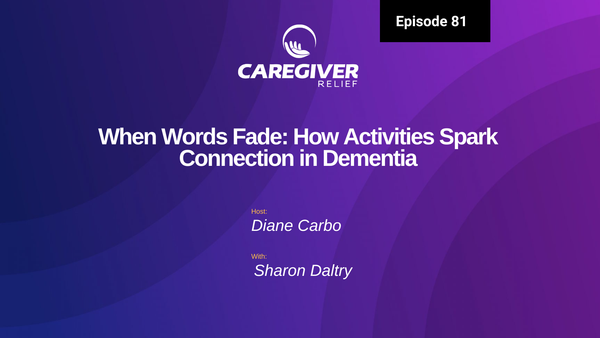Understanding the 'Do Not Crush' Medication List
certain medications have a special release mechanism designed to slowly release a certain amount of medication over a given extended time. If the medication is altered or destroyed in any way, the medication can be released too fast and cause a bad effect.

Ensuring the safe administration of medications is paramount in healthcare. One critical aspect of this is adhering to the 'Do Not Crush Medication' list, which helps prevent potentially serious consequences for patients. This article provides essential safety tips for healthcare professionals and patients alike.
1. Always Consult the 'Do Not Crush Medication' List:
Before preparing or administering any medication, it is crucial to thoroughly review the 'Do Not Crush Medication' list. This practice helps healthcare providers avoid unintended risks and complications associated with crushing medications.
2. Caution with Enteric Coated Medications:
Enteric coated medications are designed to dissolve at specific points in the gastrointestinal tract. Crushing them may disrupt this process, causing the entire dose to release at once. Ensure these medications are taken as directed.
3. Proper Mixing for Liquid Medications:
When patients require medication in liquid form, consult with a pharmacist for guidance on appropriate mixing methods and dilution rates. Avoid mixing different medications in the same container, as this can lead to drug interactions and adverse effects.
4. No Substitution without Professional Advice:
Do not substitute one form of medication for another (e.g., switching from pills to liquid) unless a physician or pharmacist explicitly recommends it as safe and appropriate for the patient's needs.
5. Beware of Sustained Release Formulations:
Sustained-release medications are designed to release slowly over time. Crushing them can disrupt this mechanism, leading to unintended consequences. Always follow the prescribed administration method.
Checking Medication Crushability:
Before taking any medication, consult a healthcare professional to determine whether crushing is safe. Certain medications, especially those with extended-release or enteric coatings, can have severe consequences when altered.

Reading Medication Labels:
Examine the medication label for specific instructions on crushing or altering the dosage form. Look out for terms like "sustained-release," "controlled-release," or "enteric-coated" as indicators of medications that should not be crushed.
Requesting Alternative Forms:
If swallowing medication is a challenge, discuss alternative formulations with your healthcare provider. They can explore options like liquid solutions or injectable forms to ensure safe and effective administration.

Choosing the Right Pill Crushing Tools:
Select appropriate tools for crushing medication. Consider a dedicated pill crusher for convenience, or use a sturdy spoon and small bowl or cup. Alternatively, use a Ziploc bag for hammering pills, or opt for a traditional mortar and pestle set, ensuring cleanliness in each case.
Conclusion:
Safe medication administration is essential for patient well-being. Understanding the 'Do Not Crush Medication' list, reading labels, and seeking professional advice on medication administration methods are vital steps in ensuring effective and secure healthcare practices. Always prioritize patient safety when it comes to medications.
Our Resource section can help you find the information and tools that you need. We have courses, videos, checklists, guidebooks, cheat sheets, how-to guides and more.
You can get started by clicking on the link below. We know that taking care of a loved one is hard work, but with our help you can get the support that you need.
Click here to go to Resource Section now!
You might also like this article:







